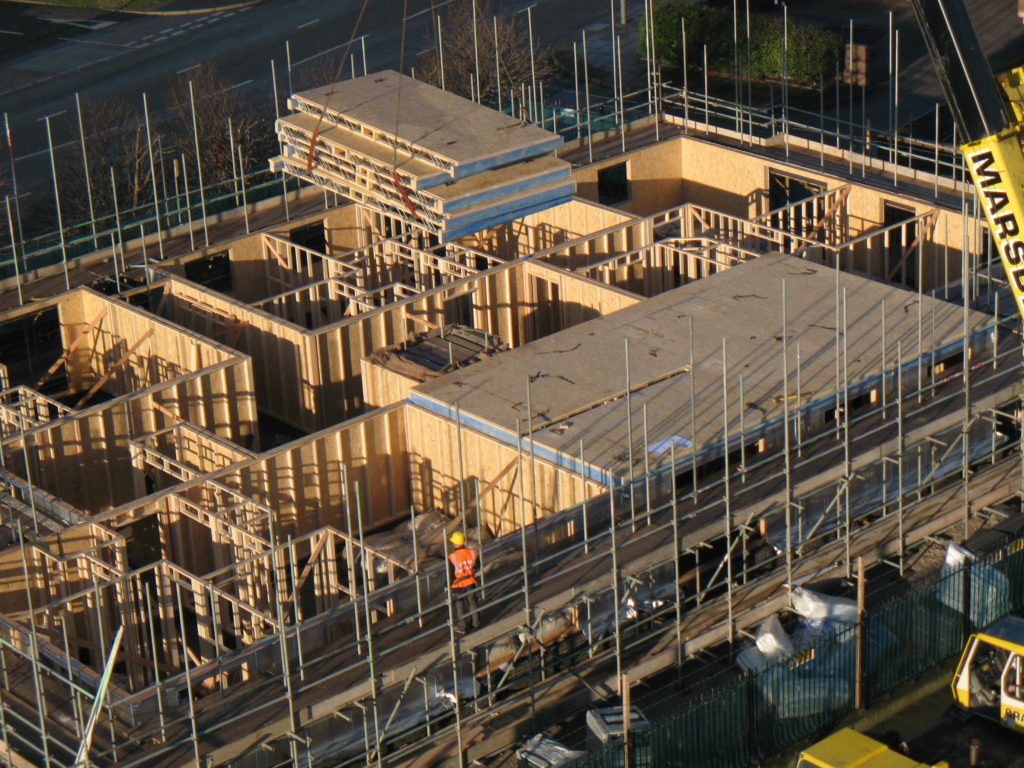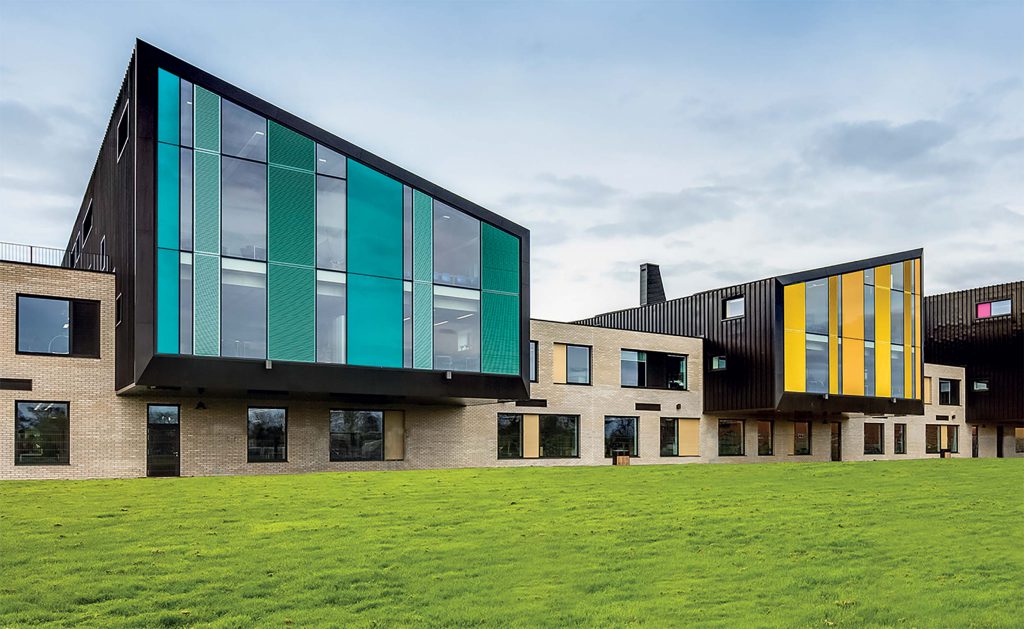
INSURERS & LENDERS
Engaging with insurers and lenders to enhance confidence in structural timber construction.
The construction industry has clearly recognised the part that timber will play in achieving net zero, but what of insurers and investors?
Market research shows there is a growing interest in seeing environmental, social, and governance (ESG) principles being applied by construction professionals to projects driven by their clients. The use of timber in construction is a fundamental part of the solution.
“Increased use in Wood in Construction will be required to permanently remove carbon from the atmosphere, in order to offset remaining residual emissions in the UK and achieve Net Zero by 2050”
Climate Change Committee, 6th Carbon Budget, December 2020

The Benefits
It is now clear that achieving Net Zero by 2050 is a core objective for the Government
- As a major contributor to carbon emissions, the UK Construction industry has a key role in achieving Net Zero 2050
- The use of correctly designed and engineered timber solutions is a key driver in the delivery of Net Zero 2050
- A design-led approach is crucial to successful risk management where timber solutions are used
- The property investment market is starting to demand low to net zero carbon timber buildings
- The Hackett Review will have a profound and positive impact on the competency of the delivery of buildings in the near future
- Implementation of additional risk management via quality programmes assures stakeholders involved in providing insurance cover for timber construction
You can find out more about the benefits of structural timber for the insurance, financial, and construction sectors here:
The Economic Benefit
In the wake of the Paris agreement, a rising number of large investors now seem highly alert to the investment risks of global warming. As of 2020, this group seems to recognise that drastically cutting greenhouse gas emissions represents good business sense. Delaying action on emissions will only mean more radical intervention is needed in the future at a greater financial cost, and with larger impacts on society. Plus, by taking action now, companies can plan to achieve long-term, sustainable economic growth from a low-carbon economy.
There is little debate that climate change will dominate our lives and economies in years to come. Recent announcements from the likes of the World Economic Forum, the Bank of England, and leading blue chips like Microsoft, which demonstrate that climate risk has moved centre stage into the world’s most influential boardrooms only further the point.
To this end, the world’s largest companies now forecast nearly $1 trillion at risk from climate impacts. Conversely, the same companies have identified $2 trillion in opportunities from investments into sustainable business areas, such as low carbon technologies. Therefore, for the business community, climate change has become a thing of now and not a thing of the future. Across modern boardrooms, daily discussions focus on how companies can meet climate challenges, as well as make the best use of any potential opportunities.
However, making the most of these opportunities requires foresight and investment. To this end, financial institutions, banks, investors, and insurers must understand the risks they face to move to the next stage and build for the future. There is a wide range of timber engineering solutions commonly used in the UK. As the UK’s leading organisation representing the structural timber sector and associated supply chain companies, the STA works to influence legislation and regulation, supporting the collective objectives of the structural timber sector. Connecting construction professionals, we support and collaborate with members to showcase the many benefits of structural timber.
What do Insurers & Lenders need to know?
As the use of engineered timber products increases, there is an ongoing debate across many sectors, from designers, contractors, building owners, and users, right through to the insurance sector. As insurers are being asked more often to look at timber-based schemes, there is a requirement to evaluate the insurance premium requirements against the differing risks to those of concrete and steel frame structures.
There are many risk factors that insurers must consider when underwriting a structural timber construction both at the build stage, through completion and into occupancy. Many of these risks may be common to all types of construction, while others may stem from a lack of experience or thorough understanding of the technical details as this is seen as a relatively new method of building in the UK.
This new approach to building, using materials such as Cross Laminated Timber (CLT), also does not fit into the long-established construction classes and therefore there is a comparative lack of data to help insurers when underwriting these types of buildings. A wealth of performance data and guidance in the use of structural timber can be found through many industry bodies, including The Structural Timber Association, Wood Campus, and Wood for Good.
